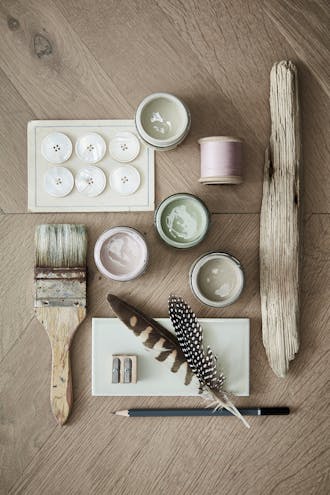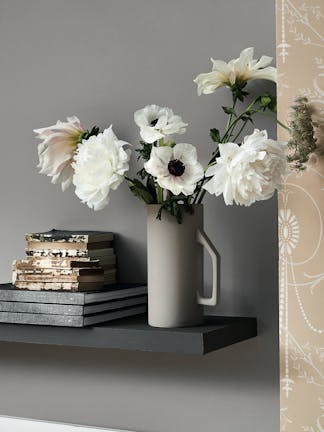
Colour Cards
Choosing colour is a process that begins with our colour cards.
The Little Greene paint collections: 'Colours of England' and 'Colour Scales', are designed to make choosing individual shades and combinations as easy as possible.
By simply folding the card away from the unique flying chips, you can compare these shades directly against existing wallpapers, fabrics, tiles, painted walls and any other coordinating elements.
For total colour accuracy, the Little Greene colour cards are made using our Absolute Matt Emulsion straight from the tin. These are not colour-matched inks or printed imitations of colour, so will react to varying lighting conditions in exactly the same way as your finished walls.
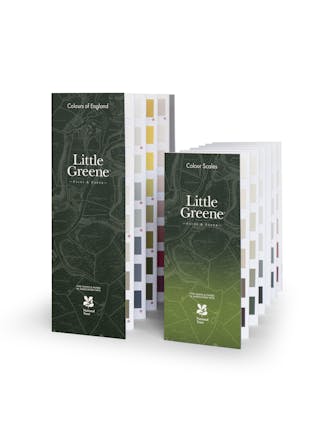
Navigating our refreshed colourcards...
Our two new colour cards bring together the best of our capsule collections, showcasing 196 Little Greene colours in a new format, presented together, a refined and refreshed ‘Colours of England’ collection alongside an expanded range of graduated shades in the new ‘Colour Scales’ offering.
Within your colourcard pack, you will find our 'Colours of England' colourcard and a smaller card featuring our 'Colour Scales' families.
'Colours of England' has been updated to meet the growing desire for classic, timeless colours that are both simple to choose and a joy to live with.
The extended ‘Colour Scales’ colour card, offers a further eight families of diluted iconic Little Greene colours, incorporating the ‘Stone’ and ‘Grey’ capsule collections. It is a response to the increasing desire for easy and simple-to-scheme colours that create harmonious and monochromatic backdrops to decoration.
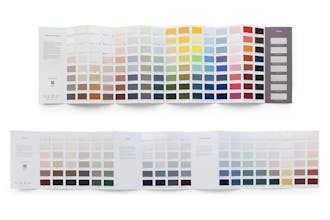
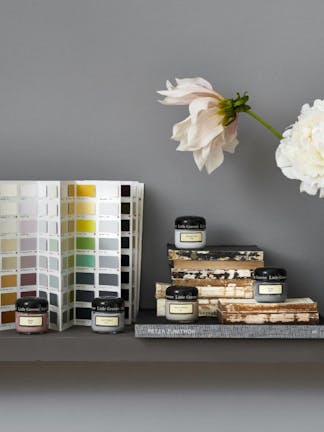
Sample Pots
Testing actual paint in situ is an essential part of the colour choosing process.
Each of our 196 shades can be bought in a tester pot.
Many site specific factors will affect the way colours appear, so it's a good idea to test in more than one location, applying two coats over as large an area as you can.
Observe the colours in both daylight and artificial light; the difference can be quite significant.
Avoid positioning small swatches of several colours immediately next to one another - each will affect the way the others read. Also, try to avoid comparing the swatch to bright white - this can be equally misleading.
